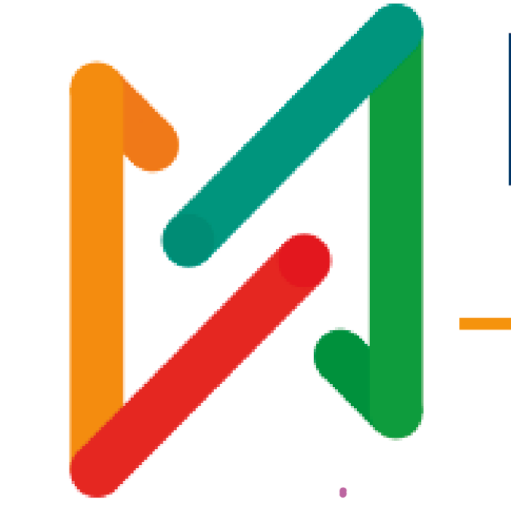In educational institutes, dashboards serve as valuable tools for monitoring key performance indicators (KPIs) and metrics related to various aspects of institutional performance. They provide a visual representation of data that helps administrators, educators, and stakeholders gain insights and make informed decisions. Here are some common KPIs and metrics included in dashboards for educational institutes:
Dashboard and Metrics
- Enrollment Metrics:
- Total Enrollment: The number of students currently enrolled in the institute, providing an overview of the student population.
- Enrollment Growth Rate: The percentage change in enrollment numbers over a specified period, indicating the rate of growth or decline in student enrollment.
- Student Demographics: Breakdown of student enrollment by demographics such as age, gender, ethnicity, and geographical location, aiding in understanding the student diversity.
- Academic Performance Metrics:
- Graduation Rate: The percentage of students who successfully complete their programs or courses within the expected timeframe.
- Retention Rate: The percentage of students who continue their studies at the institute from one academic year to the next, reflecting student satisfaction and institutional support.
- Academic Achievements: Metrics such as GPA (Grade Point Average), average test scores, and academic honors or awards, demonstrating student performance and success.
- Financial Metrics:
- Budget Utilization: The percentage of the budget that has been utilized within a given period, comparing actual spending to the planned budget.
- Revenue Generation: The total income generated by the institute, including tuition fees, government funding, grants, donations, and other sources.
- Cost Per Student: The average cost incurred by the institute per student, considering expenses such as instruction, facilities, support services, and administration.
- Teaching and Learning Metrics:
- Student-Teacher Ratio: The average number of students per teacher, indicating the level of individual attention and interaction possible in classrooms.
- Class Size: The average number of students in a class, influencing student-teacher interaction and instructional effectiveness.
- Course Completion Rate: The percentage of students who successfully complete a specific course, reflecting course engagement and academic progress.
- Student Satisfaction Metrics:
- Surveys and Feedback: Metrics derived from student satisfaction surveys, course evaluations, or other feedback mechanisms, providing insights into student experiences and perceptions.
- Support Services Utilization: Metrics related to the utilization of support services such as counseling, career guidance, library services, and student organizations, indicating student engagement and satisfaction.
- Graduates’ Employment Metrics:
- Job Placement Rate: The percentage of graduates who secure employment or enter further education within a specified timeframe after graduation.
- Employer Satisfaction: Metrics derived from employer feedback on the preparedness and skills of graduates, indicating the institute’s alignment with industry needs.
- Research and Innovation Metrics (for research-intensive institutes):
- Research Funding: The total amount of funding secured for research projects and initiatives.
- Publications and Citations: Metrics related to the quantity and impact of research publications and citations by faculty and researchers.
Dashboards tailored to educational institutes provide a comprehensive view of institutional performance and enable stakeholders to track progress, identify areas of improvement, and make data-driven decisions. The choice of KPIs and metrics may vary based on the specific goals and priorities of the institute.

